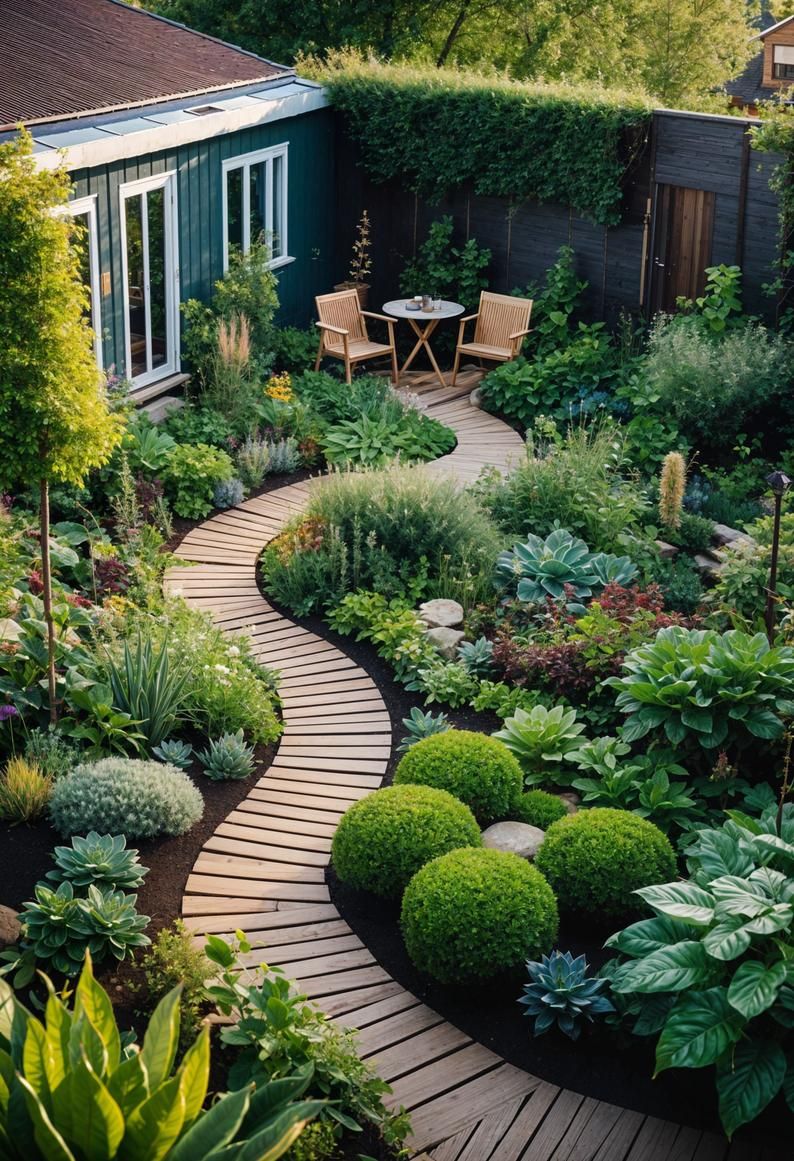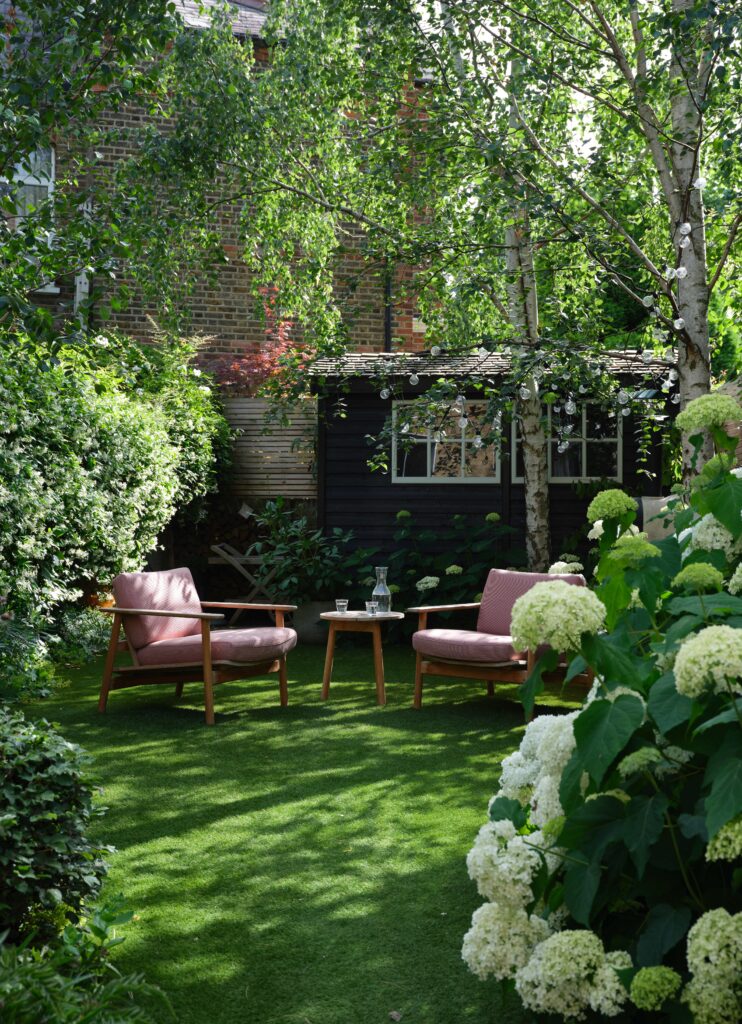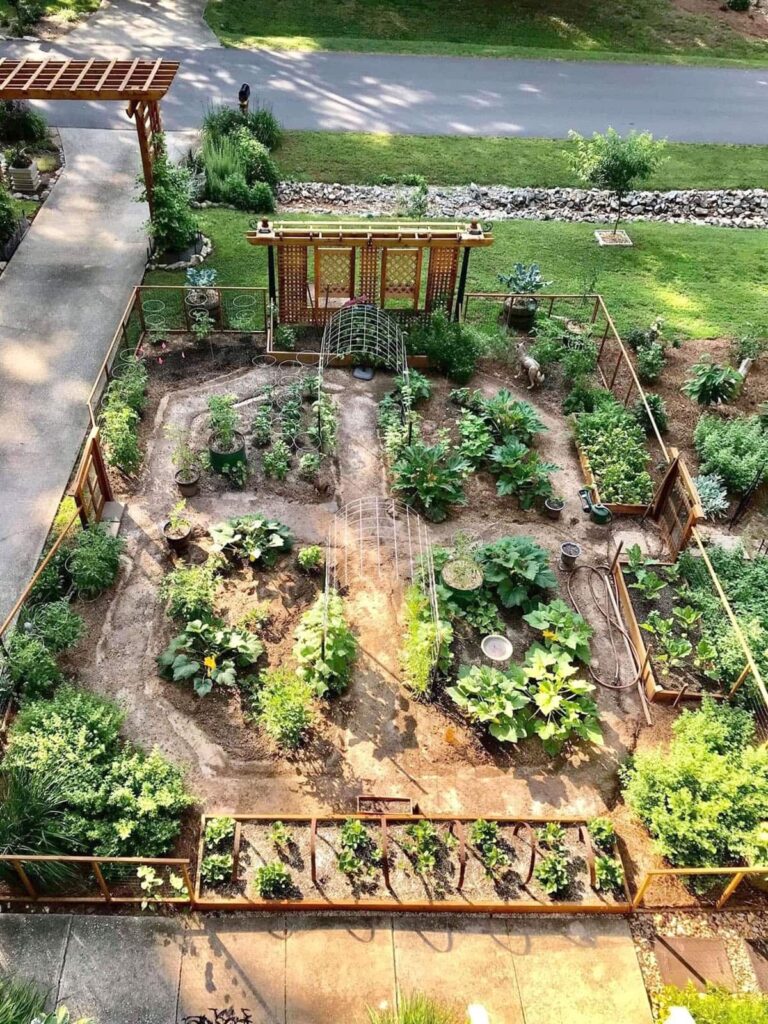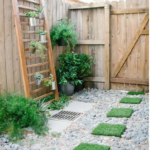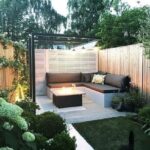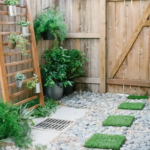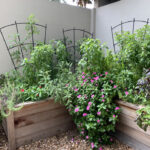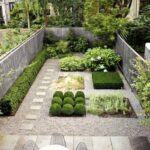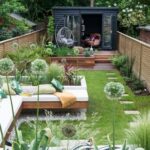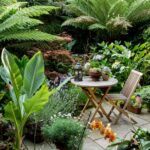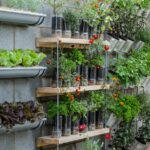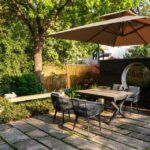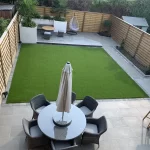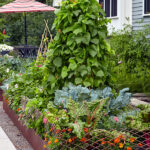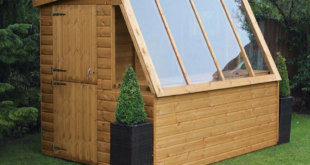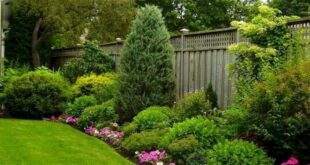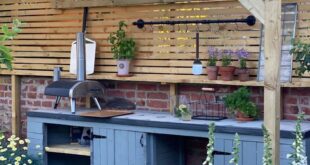When designing a small garden layout, it is important to make the most of the limited space available. One common mistake people make with small gardens is trying to cram too many plants and features into a small area. Instead, focus on creating a cohesive and balanced design that complements the space. Consider the overall theme or style you want for your garden, whether it be a formal, Mediterranean, cottage, or modern design.
Start by mapping out the dimensions of your garden space and noting any existing features such as trees, fences, or walls. Take into account the amount of sunlight and shade each area receives throughout the day, as this will help you determine the best placement for different plants. Consider the circulation and flow of the space, and create pathways or borders to define different areas within the garden.
Incorporate vertical elements such as trellises, arbors, or hanging plants to maximize space and add visual interest. Vertical gardening can also create the illusion of a larger garden by drawing the eye upward. Consider using climbing plants like clematis, ivy, or honeysuckle to cover walls or fences, or install shelves or hanging containers to display smaller plants.
When selecting plants for a small garden layout, choose species that are well-suited to the size and conditions of your space. Opt for dwarf or compact varieties of shrubs and trees, and mix in a variety of colors, textures, and shapes to create visual appeal. Consider using evergreen plants to provide year-round interest, as well as seasonal flowers or herbs for added color and fragrance.
Incorporate seating areas or outdoor furniture into your small garden layout to create a place for relaxation or entertaining. Consider adding a bench, bistro set, or lounge chairs to create a cozy nook where you can enjoy your garden. If space is limited, consider using foldable or stackable furniture that can be easily stored when not in use.
Finally, add personal touches to your small garden layout to make it feel like an extension of your home. Consider adding decorative elements such as sculptures, birdbaths, or wind chimes to add personality and charm to the space. Don’t be afraid to experiment with different layouts or plant combinations until you find what works best for your individual space and style.
 yishifashion Where Outdoor Dreams Become Reality
yishifashion Where Outdoor Dreams Become Reality
